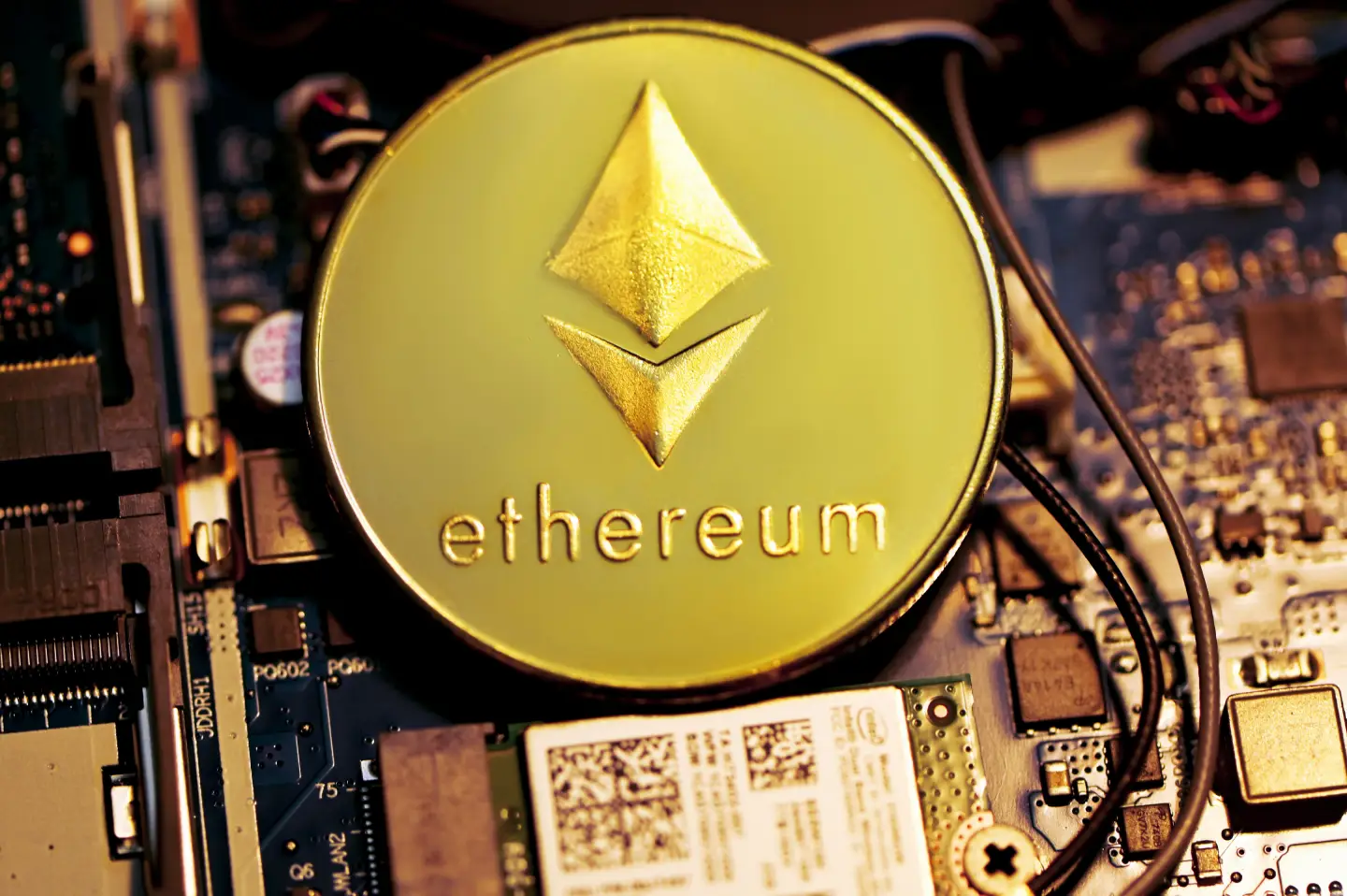
02 May Introduction to Ethereum
In the realm of blockchain technology, Ethereum stands as a beacon of innovation and possibility. Since its inception, Ethereum has captured the imagination of developers, entrepreneurs, and enthusiasts worldwide, offering a robust platform for building decentralized applications (dApps) and smart contracts. Join us on a journey through the fundamentals of Ethereum, as we uncover its history, architecture, and transformative impact on the digital landscape.
Genesis: The Birth of Ethereum
Ethereum was conceived by Vitalik Buterin, a Russian-Canadian programmer, in late 2013. Buterin’s vision was to create a decentralized platform that went beyond Bitcoin’s capabilities, enabling developers to build a wide range of applications on a blockchain. In January 2014, Buterin released the Ethereum whitepaper, outlining the technical specifications and conceptual framework for the platform. The Ethereum Foundation was subsequently established to oversee its development, with a successful crowdfunding campaign raising funds to support the project.
The Ethereum Virtual Machine (EVM) and Smart Contracts
At the heart of Ethereum lies the Ethereum Virtual Machine (EVM), a Turing-complete runtime environment that enables the execution of smart contracts. Smart contracts are self-executing contracts with the terms of the agreement directly written into code. They facilitate trustless transactions and automate processes, opening up a myriad of possibilities across industries such as finance, supply chain management, and decentralized finance (DeFi).
Ethereum’s Evolution and Milestones
Since its launch in 2015, Ethereum has undergone significant evolution, marked by key milestones and upgrades. The transition from Ethereum 1.0 to Ethereum 2.0, also known as Ethereum Serenity, represents a fundamental shift in the platform’s architecture, moving from a proof-of-work (PoW) to a proof-of-stake (PoS) consensus mechanism. This transition aims to improve scalability, security, and sustainability, addressing longstanding challenges such as network congestion and high transaction fees.
Decentralized Applications (dApps) and the Ethereum Ecosystem
Ethereum’s versatility as a platform for decentralized applications has spurred the proliferation of a vibrant ecosystem of dApps spanning various use cases. From decentralized finance (DeFi) protocols and non-fungible tokens (NFTs) to decentralized exchanges (DEXs) and gaming platforms, Ethereum has catalyzed innovation across diverse industries. Projects such as Uniswap, Aave, and OpenSea have achieved widespread adoption, showcasing the transformative potential of Ethereum-powered applications.
Challenges and Opportunities Ahead
Despite its success, Ethereum faces several challenges, including scalability limitations, network congestion, and environmental concerns associated with proof-of-work mining. However, ongoing research and development efforts, coupled with the upcoming transition to Ethereum 2.0, offer promising solutions to these challenges. Moreover, the growing interest from institutional investors and enterprises underscores Ethereum’s relevance as a foundational infrastructure for the decentralized web.
Conclusion: The Future of Ethereum
As we look to the future, Ethereum remains at the forefront of blockchain innovation, poised to shape the next generation of decentralized applications and digital economies. With its robust infrastructure, vibrant developer community, and unwavering commitment to decentralization, Ethereum continues to redefine the boundaries of what is possible in the digital age. As we navigate the complexities of a rapidly evolving landscape, one thing is certain: Ethereum’s journey is far from over, and the best is yet to come.
Use our enlightening guide, OVERVIEW OF ALTCOINS, to explore the vast and varied world of alternative cryptocurrencies. Discover the plethora of digital assets that extend beyond Bitcoin, their distinct characteristics, applications, and the ever-changing blockchain environment they contribute to.


